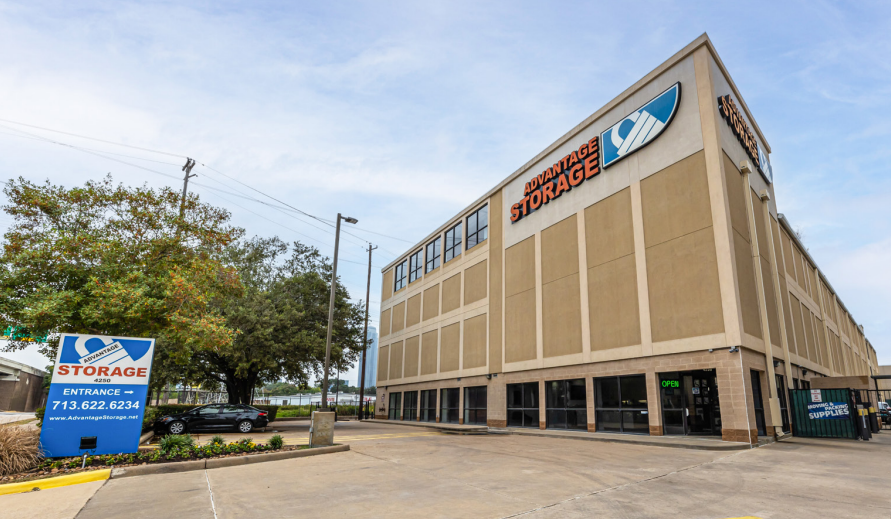Silver Star Properties REIT, Inc. is a self-managed real estate investment trust with a history of operational excellence and a focus on institutional-grade self-storage property acquisitions. We are an experienced investment management team dedicated to providing quality returns to our investors. Our commitment to integrity and transparency is reflected in our ongoing investment practices.
As we own and operate our current office and retail assets in the Houston, Dallas, and San Antonio markets, we also believe that specific attributes of other states pose attractive qualities for future investments. We will focus on acquiring well-located self-storage facilities in markets with significant demand for storage space.
The plan to expand the Company’s asset classes should allow the Company to maintain a resilient investment approach and create a more inflation-resistant portfolio. Silver Star Properties plans to pivot away from its office REIT title to include a broader selection of asset classes over an 18 to 24-month period. Additionally, Silver Star Properties expects that this pivot will better position the Company to provide enhanced liquidity to its shareholders, potentially through a tender offer, resumption of share redemptions, and potentially a listing of its securities on a national exchange.

The repositioning of assets is further expected to lower operating expenses for the Company and, over time, significantly enhance the value of its securities as we advance to allow investors to trade at a premium NAV. Our operational goals will be to continue to deliver exceptional service to our tenants as we pursue a new asset class.
We intend to be highly strategic in our disposition of assets as we pivot to self-storage on a national basis. We believe self-storage is one of the best-performing asset classes for inflation and recession resistance while also providing enhanced revenue opportunities for growth in both up and down markets.
Resources
REIT Education
News & Multimedia
Contact
Shareholder Forms:
Silver Star Properties REIT, Inc.
P.O. Box 2189
San Rafael, CA 94912
844-932-1769
Corporate:
Silver Star Properties REIT, Inc.
2909 Hillcroft, Suite 420
Houston, Texas 77057
713-467-2222
800-880-2212
1 Silver Star Properties REIT, Inc. and its affiliates. Results are not guaranteed. Past performance is not indicative of future results. Please refer to the Prospectus for more information and important disclosures.
THE CONTENTS OF THIS WEBSITE CONSTITUTE NEITHER AN OFFER TO SELL NOR A SOLICITATION OF AN OFFER TO BUY ANY SECURITY; OFFERS CAN BE MADE ONLY BY THE PROSPECTUS OR PRIVATE PLACEMENT MEMORANDUM. THIS MATERIAL MUST BE READ IN CONJUNCTION WITH THE PROSPECTUS IN ORDER TO FULLY UNDERSTAND ALL OF THE IMPLICATIONS AND RISKS OF THE OFFERING OF SECURITIES TO WHICH IT RELATES. A COPY OF THE PROSPECTUS MUST BE MADE AVAILABLE TO YOU IN CONJUNCTION WITH ANY OFFERING.
NO OFFERING IS MADE EXCEPT BY A PROSPECTUS FILED WITH THE DEPARTMENT OF LAW OF THE STATE OF NEW YORK. NEITHER THE ATTORNEY GENERAL OF THE STATE OF NEW YORK NOR ANY OTHER STATE REGULATORS HAVE PASSED ON OR ENDORSED THE MERITS OF THIS OFFERING. ANY REPRESENTATION TO THE CONTRARY IS UNLAWFUL.
Performance Not Guaranteed: Past performance is no guarantee of future results. Any historical returns, expected returns, or probability projections are not guaranteed and may not reflect actual future performance.
Risk of Loss: All securities involve a high degree of risk and may result in partial or total loss of your investment.
This is a website owned and operated by Silver Star Properties REIT, Inc. By accessing this site and any pages thereof, you agree to be bound by our Terms and Conditions and Privacy Policy. Neither Silver Star Properties REIT, Inc. nor its affiliates provide investment advice or make investment recommendations. No communication, through this website or in any other medium, should be construed as a recommendation for any security offering on or off this investment platform.
Copyright © 2021 All Rights Reserved | Privacy Policy | Terms of Use